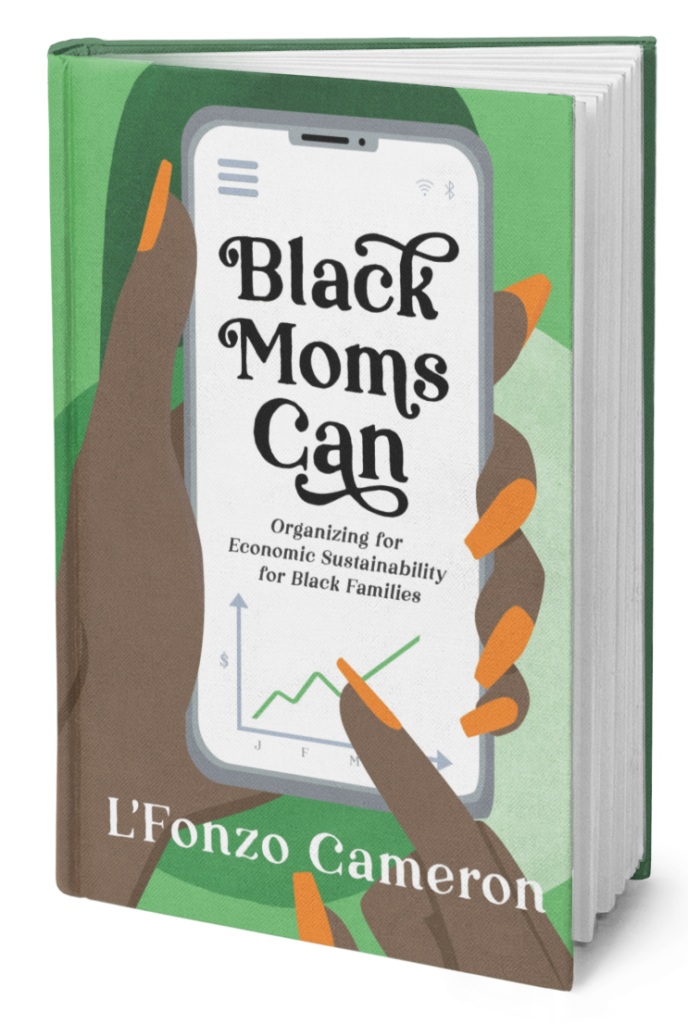Part I.
Youth sports was a serious part of growing up in the inner city of Gary, Indiana where the traditional youth leagues were Biddy Basketball, Pop Warner Football and Little League Baseball. Having played and coached baseball for Midtown and Junedale Leagues in Gary, my experience spans 30 years. I often look back and recognize the social and health benefits of participation in youth athletics.
While growing up in Gary, youth sports leagues represented communities that competed on a level playing field, with little or no consideration to socioeconomic status. Most of us learned to play the games of basketball, baseball and football on asphalt courts, in the streets and vacant lots all over the city. There weren’t any set age groups; in many cases there was only one basketball, baseball or football. A lot of times you took a beating when you were an 8-year-old playing against 12- to 13-year-olds. As you moved up in age (11-12) you competed against guys that were star players on their respective high school teams.
Even so, there wasn’t any better way to gain physical or mental toughness than playing against those super athletes.
Many of the naturally talented in baseball, basketball and/or football only played sandlot baseball, basketball on makeshift courts. For 8- to 12-year-olds to play, summer baseball was a constant summer activity. The experience of riding Gary transportation buses to games was our version of “Barnstorming”, when Negro League Teams traveled from city to city to play pick-up games. All the high schools and most of the elementary schools had 10- to 16-year-old summer teams called Pee Wees, Preps or Juniors. Although we also played Little League baseball in the afternoons, these games were special. The games would be played in a neighborhood most of us had never been before. So playing against all the different ethnic groups in the Gary area provided cultural experiences. That was exciting yet also kind of difficult for a 10- to 12-year-old to digest at the time.
Summer pick games played on school playgrounds were local neighborhood rivalry games like the “South 2-5” against the “North 2-5”. Now these games included everybody that lived in these designated areas with no age restrictions. Games were nose-to-nose battles with certain player-coaches like “Preacher” from South 2-5, who disputed every close call, often delaying the game at least 5 minutes, shaking his finger in a preacher-like fashion. Later in life he became a real preacher at a church in the North 2-5 area.
Aside from the core of players the area roster included a number of players that couldn’t play that often usually due to some parental restrictions. Some of the most noted of these players were Avery Brooks (famous actor and scholar) and Jackie Jackson (brother of Michael Jackson and member of the Jackson Five). Both of these guys had potential but Jackie Jackson had natural athletic talent. He was the “real deal” and you could tell this when he was only about 8-9-years-old. But you never knew when these guys were going to show-up because their parents had an agenda that placed a demand on their leisure time.
The following is a roster that combines our summer league and North 2-5 team that played sandlot baseball between the ages of 8- to 12-years-old every summer from 1955-59. All former team members graduated from Roosevelt High School between 1962-1965:
- 1st Base – Ed: Honors graduate, BS Howard University; MD Medical School Graduate, DC Metro. “We all thought he would certainly be a dentist because he wore those braces forever.”
- 2nd Base – Dave “JuneBay”: Honors graduate, BS Wichita State; Professional Accountant, Chicago. JuneBay was student manager for every Roosevelt Varsity team and was re-named “Frame”.
- Center Field – Phil: Honors graduate, BS Kent State; Professional Architect, Founder of Architectural Firm, Johnson & Lee, Chicago. Phillip and his brother Ricky owned all the bats and baseballs, so it got really brutal when they decided to leave before the game was over.
- Short Stop – L’Fonzo: BA University of Wisconsin, Professional Tax Accountant, Entrepreneur, founder of non-profit organization Community Advancement Initiatives INC, Chicago Metro. I organized all the sandlot baseball games for the North 2-5 team and kept the spirit of competition alive.
- Right Field – Jackie: Member of the world famous Jackson Five Entertainment Group, Los Angeles. Really young and talented but a member of one of the greatest entertainment groups of all time.
- Pitcher – Vic: Honors graduate, BA Morehouse; Captain in the US Marine Corp. Pitched a 21-inning game in 90ºF heat (summer of 1956) at Franklin Elementary School that we lost in a really close game (11-10, Gary, IN). He was a small guy with both heart and brains.
- Catcher – Rickie “Ryan Duckie”: Honor Graduate, Grinnell College; US Army Interpreter Viet Nam, now living in Las Vegas. Nobody loved the game more than this guy, he later became an assistant coach at Roosevelt High School.
- 3rd Base – Glen: Honor Graduate, Indiana State. Glen was a quiet guy. I often thought he had performance pressure due to being the nephew of the school summer league coach.
Following the period after 1947, when Jackie Robinson broke the Major League Baseball (MLB) color line, some great Black Americans players began to dominate. The owners of MLB teams “cherry picked“ some of the best players from the Negro Leagues. There were over 20 Black MLB players that entered the League in the 50s and 60s that are currently in the Baseball Hall Of Fame. This list includes
- Jackie Robinson
- Larry Doby
- Roy Campanella
- Don Newcomb
- Willie Mays
- Frank Robinson
- Ernie Banks and
- Hank Aaron
Although he never played in the major leagues, Josh Gibson was reputed by some of baseball’s icons to be the greatest long ball hitter of all time. He and Satchel Paige, who didn’t get to play in the majors until he was beyond his prime at 47 for the Cleveland Indians in1948.Both were inducted into Baseball Hall Fame years after they had passed away.
While growing up, however, it wasn’t a realistic dream to play professional baseball. More importantly we were expected to transition into adulthood and achieve higher social and economic status than our parents. These sandlot summer league games, however, were memorable learning experiences. Through baseball we learned the value of community ,dedication, hard work and many other virtues we would carry into adulthood.
This tradition continued to be replicated in Black communities all over the country from the 1940s to mid-1960s. The common denominator was strong, Black two-parent households, living like neighbors vested in the welfare of their communities. Where doctors, lawyers, educators and factory workers lived side by side. These were the grandchildren, born in the early 1900s, of slaves who were still fighting with the backlash of Reconstruction and Jim Crow lawlessness. That leveraged segregation and racism in order to build thriving black communities.Certainly, they should be considered among the greatest generation of African Americans that ever lived.


